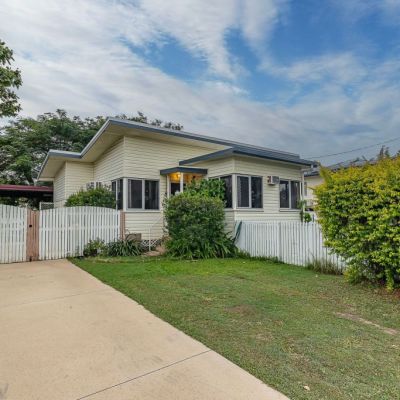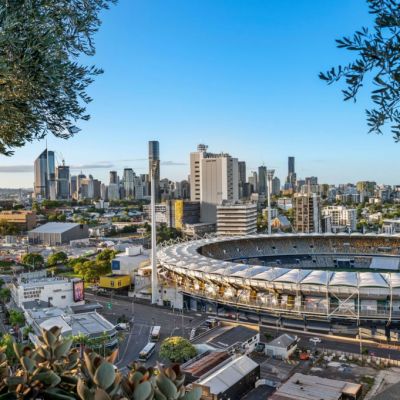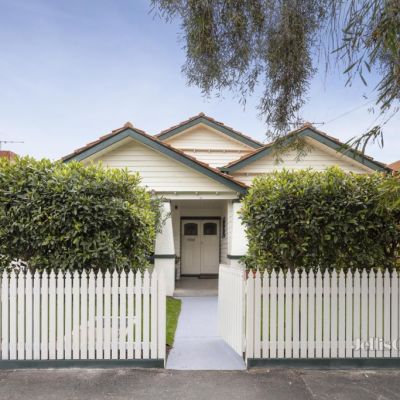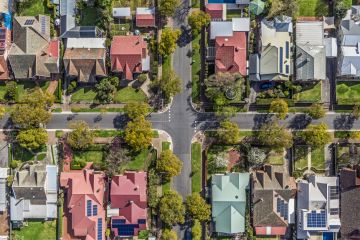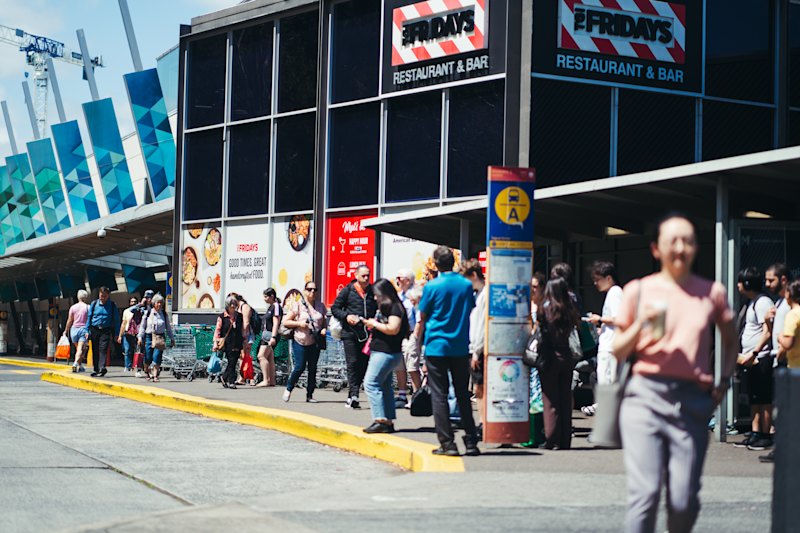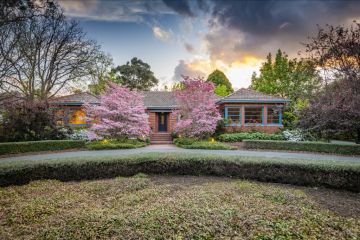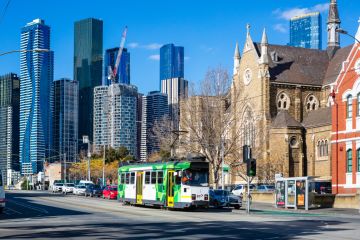Are energy-efficient homes more valuable? The answer is yes – by an extra $112,000
When building their new home, Layne Phan and George McGarry, owners of McGarry Constructions, made it their mission to set the standard in sustainable construction.
McGarry, a 41-year-old who hails from Ireland, felt that Australian homes should be built to a European standard of insulation, so the couple made it their goal to set the standard by starting a sustainable construction business, and building their own energy-efficient (EE) home from scratch.
“We wanted to make it as sustainable as possible,” McGarry says, to attain the highest Nationwide House Energy Rating Scheme (NatHERS) rating. “We weren’t obliged to, but we wanted to do that because that’s the way we build.”
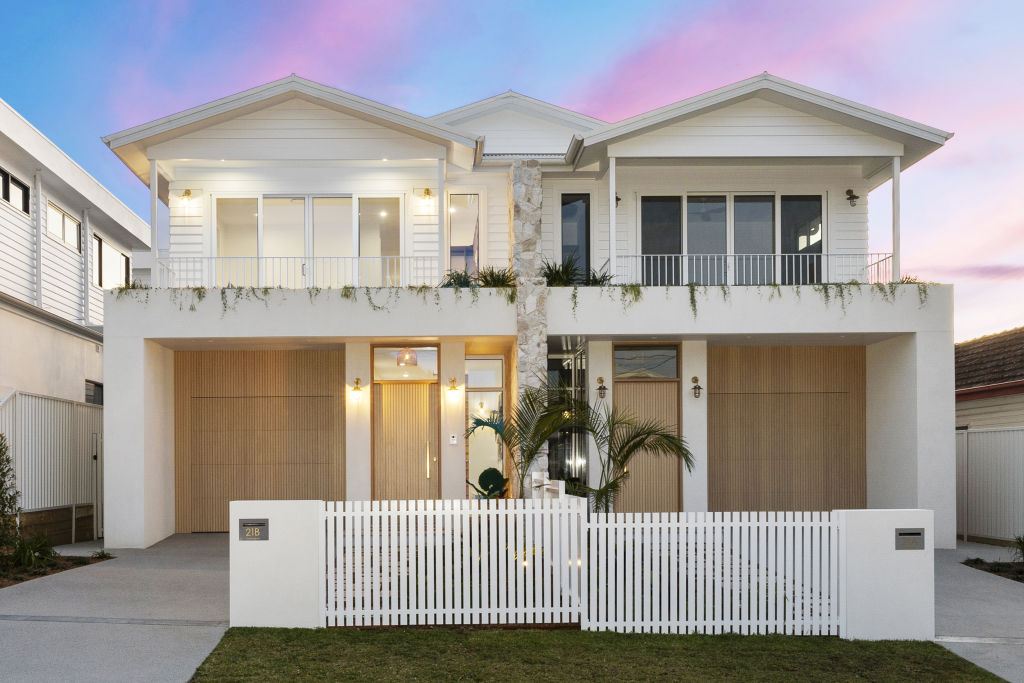
They built the duplex in Caringbah with sustainable features – such as double glazing, insulation in the internal and external walls, solar panels and a rainwater tank – and have put the second of the pair up for sale.
“You’ll find a lot of homes don’t have [external and internal insulation],” says Phan, 43. “That is probably one of the easiest ways to make your home sustainable and to reduce your energy bills.
“It does cost more, you do invest in insulation quite a bit, but it’s worthwhile. Once it’s done you can feel that it does improve the temperature control in the house.”
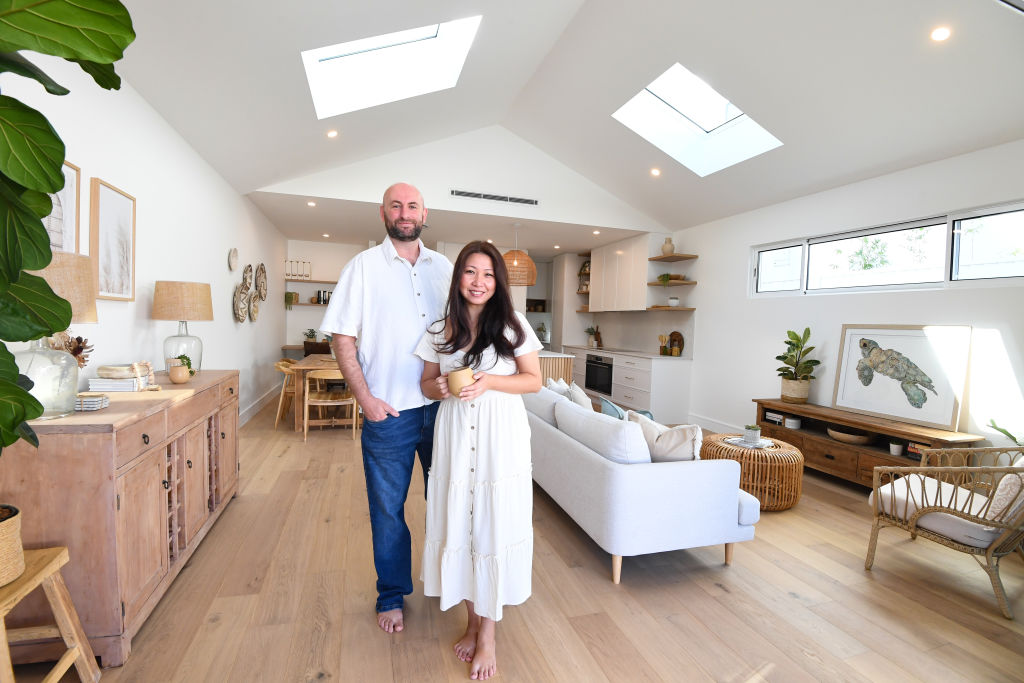
Phan says that, since moving into the house, they’ve never had to use the air-conditioner or heater because the temperature is naturally regulated.
New research in the Domain Sustainability in Property Report, released on Thursday, has found that properties with energy-efficient features sell faster and fetch higher prices.
According to the report, a house with energy-efficient features will sell for $112,000 more than one without, and units for $70,000 more.
| Houses | Units | |||
| Year | % price difference | $ price difference | % price difference | $ price difference |
| 2024 | 14.50% | $112,000 | 11.70% | $70,000 |
| 2023 | 15.80% | $110,000 | 13.80% | $75,000 |
| 2022 | 17.90% | $129,300 | 11.40% | $65,000 |
| 2021 | 14.10% | $90,000 | 13.60% | $75,000 |
| 2020 | 12.60% | $75,000 | 14.80% | $80,000 |
| 2019 | 17.00% | $92,375 | 17.50% | $85,000 |
Ben Pike of Pulse Property is selling the Caringbah home and says there has definitely been more demand for homes with energy efficient features over the past two years.
He says they typically sell more quickly and, crucially, for more money than the average home. Homes with energy-efficient features like solar panels are automatically more competitive than those without, he says, because buyers are attracted to anything that can help reduce their energy bills.
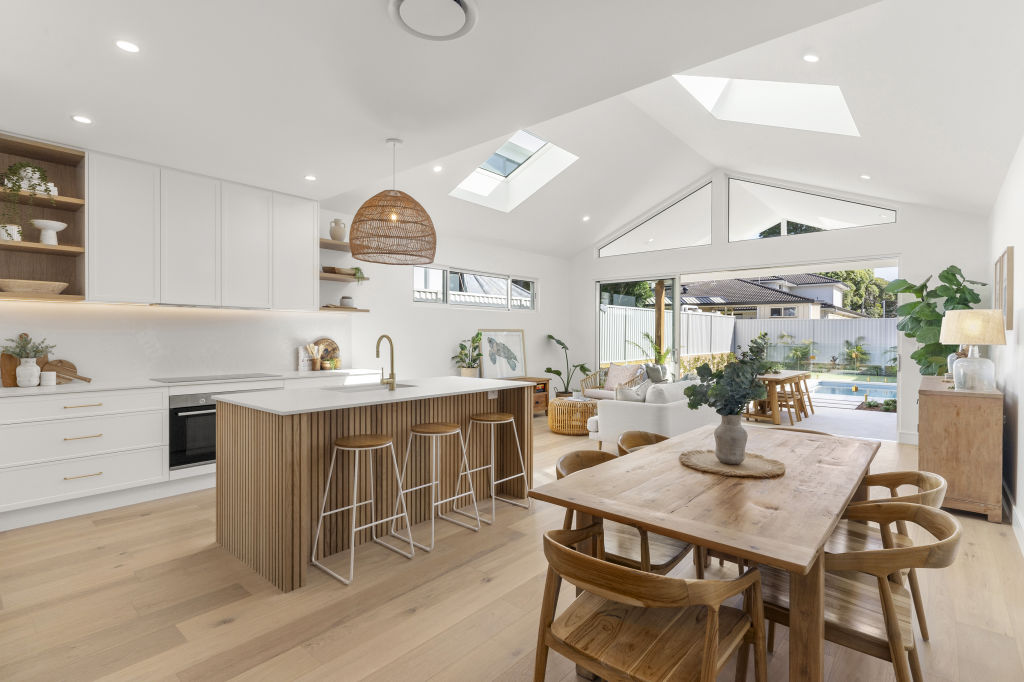
“There aren’t as many [sustainable homes], and they are definitely the ones that are favoured,” he says. “Therefore, multiple people fight over them.”
Domain chief of research and economics Dr Nicola Powell says the report reveals a “striking and encouraging” trend amid a cost-of-living crisis – a rise in motivation, adoption and rewards of investing in sustainable-home features.
One of the most prominent trends is that “green homes are easier to sell,” she says. The data reveals that energy-efficient homes receive more attention from buyers nationwide, resulting in quicker sales compared to their non-energy-efficient counterparts.
| House listing views | Unit listing views | |
| Sydney | 27.00% | 20.40% |
| Melbourne | 34.70% | 15.10% |
| Brisbane | 18.60% | 15.50% |
| Adelaide | 52.90% | 9.70% |
| Perth | 17.80% | 1.20% |
| Canberra | 6.20% | -7.20% |
| Hobart | 14.80% | 0.80% |
| Darwin | 13.10% | -10.90% |
| Combined capitals | 16.50% | 0.80% |
| Combined regionals | 13.60% | 15.10% |
| Australia | 16.70% | 6.60% |
While a more sustainable home is worth significantly more at sale time, it’s the prospect of saving money on bills that drives many owners to invest in energy-efficient features.
Brisbane resident Humair Nadeem installed solar panels in his home a few months after buying it last year simply because he wanted to reduce his energy bill.
“The biggest point was economics,” he says. “It’s just easier to figure out my bills. Now I don’t pay anything to the energy company. My energy bill is essentially zero. I think the energy company owes me $300.”
While Nadeem, 33, does care about the future of the environment, he was primarily motivated to keep his monthly bills down amid the cost of living crisis.
“My wife and I are really into sustainability and the climate, but it’s definitely a strong second [compared to affordability],” he says.
Brisbane-based buyer’s agent Lauren Jones says many of her clients have been looking for homes with solar panels to reduce their energy bills, and for about 20 per cent of them, it’s non-negotiable.
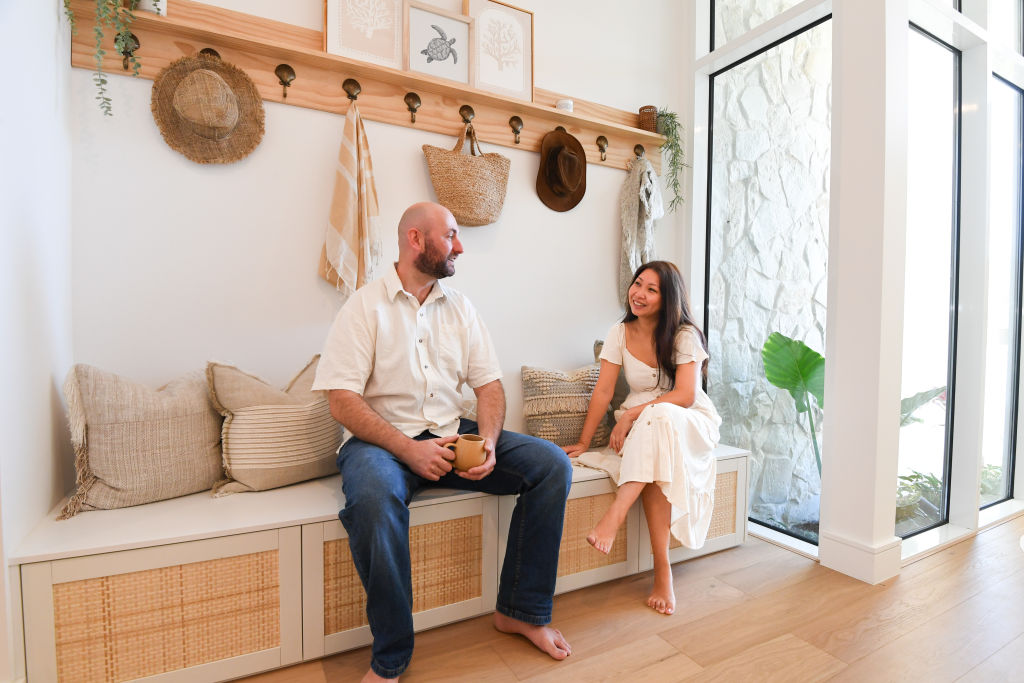
“People are looking at things like solar as a way to minimise the cost of living,” she says.
According to the Department of Climate Change, Energy, the Environment and Water, a 6.6-kilowatt solar-only system could save $1600 on an annual energy bill.
Although energy-efficient homes typically have a higher price tag, Light House Architecture and Science director and scientist Jenny Edwards says the cost can significantly be reduced if the home is designed to be sustainable from the start.
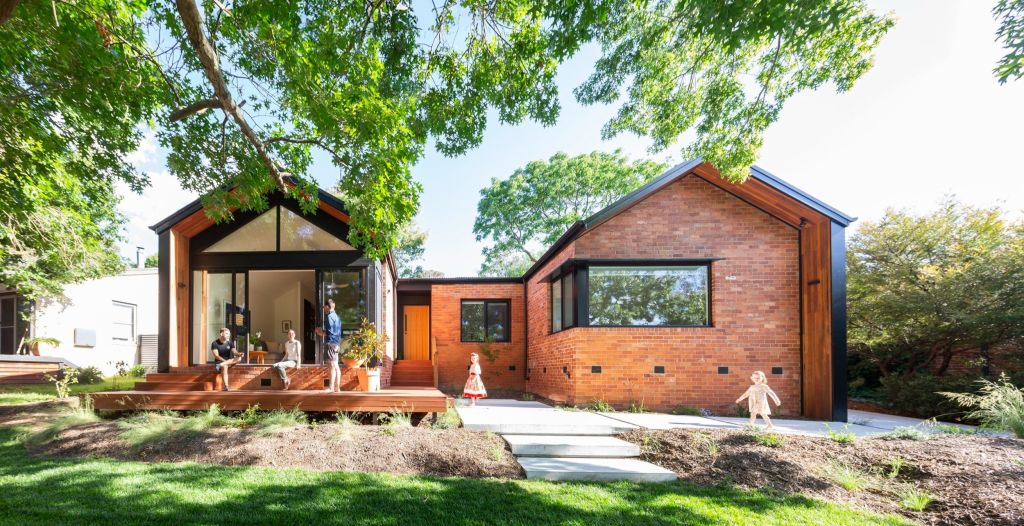
“Construction costs have gone up 80 per cent in the last six years, so nobody – unless you’re wealthy – can afford to [build sustainable homes], which is the really tragic part. It’s not sustainable housing that is expensive. It’s just housing of any quality that is now out of reach for most people.”
Edwards says sustainable homes are not exclusively for the prestige market.
“If you get the design right early on, the construction doesn’t have to be more expensive,” she says. “There is also a misconception that you can’t renovate homes to make them sustainable, and that’s just garbage because we’ve done it again and again.”
While the price difference between EE and non-EE homes is now $112,000, it has fallen from $129,300 in 2022, the Domain report shows.
“That did surprise me,” Powell says. “We have a fully recovered housing market, and many of our cities have record-high pricing, but when you look at the price premium of a green home, it’s not at a record.

“I think it speaks a lot to the affordability issue – the borrowing capacity constraints people are under, and also the mindfulness that buyers are probably under now in terms of not over-committing to a price point.”
Powell believes this price drop could be due to two factors. One, is sellers having to reduce their prices as buyers are unable to pay a premium.
“Secondly, we’ve seen an increase in green homes over time,” she says. “Which means, logically, that if they’re increasing, maybe the price premium attached is easing … because you will get to a point where the market will be saturated.”
Green Building Council of Australia head of strategic delivery Elham Monavari says the supply-chain disruption Australia experienced during and after the pandemic pushed the cost of the materials used in energy-efficient features upwards, but it’s now relatively back to normal – so the price premium decreases don’t surprise her.
Monavari says prices will continue to fall as there are more green homes being built, thanks to government incentives and rebates.
“There are going to be expectations that homes are going to be energy efficient when people are purchasing them,” she says. “So hopefully, there’ll be more [green homes] that are more affordable for people.”
We recommend
States
Capital Cities
Capital Cities - Rentals
Popular Areas
Allhomes
More
